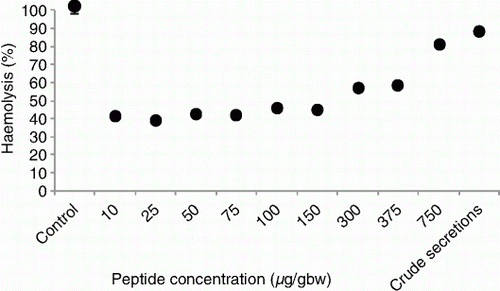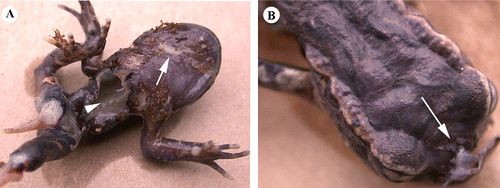Figures & data
Figure 1 Water consumption (g) of rats (mean±SEM, n=8) before and after treatment with either defensive frog skin secretions (triangles) or water control (circles).
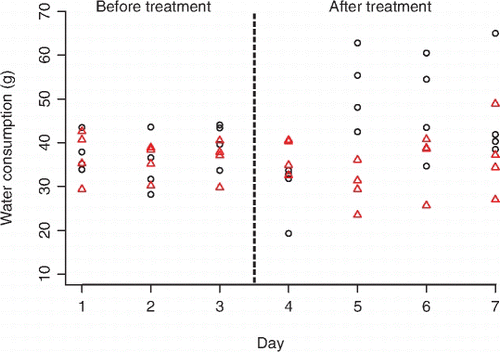
Table 1 Summary of linear mixed-effects models for changes in water and food consumption of rats before and after (BA) treatment with water or Leiopelma pakeka skin secretions.
Figure 2 Food consumption (g) of rats (n=8) before and after treatment with either defensive frog skin secretions (triangles) or water control (circles).
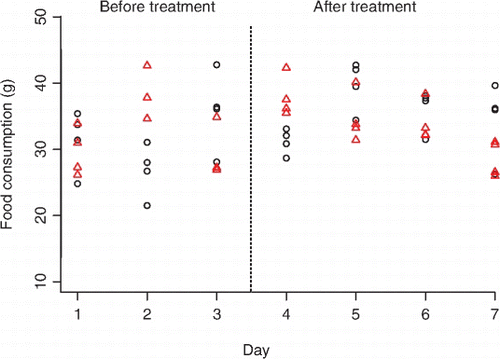
Figure 3 Behaviour of rats before and after treatment with either skin secretions from Leiopelma pakeka (black bars) or water (white bars). Bars show the mean percentage of time (±95% confidence intervals) spent in these behaviours. A, Grooming. B, Rising on hind legs. C, Investigating. D, Motionless.
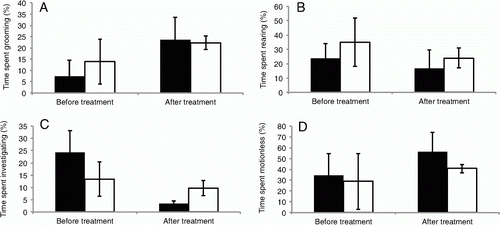
Figure 4 Mean (±SEM) amount of food pellets consumed (g) by rats in choice trials. Food pellets were coated with either skin secretions from Leiopelma pakeka or water.
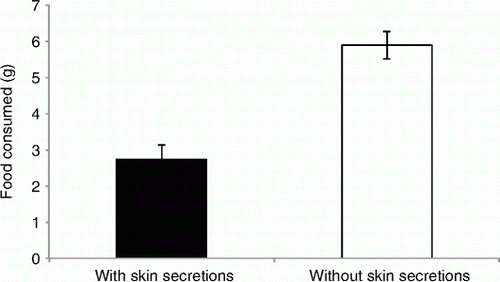
Figure 5 Haemolytic activity of crude and partially purified skin secretions of Leiopelma pakeka against rat erythrocytes (% haemolysis±SEM). Haemolysis was determined by measurement of the optical density at 450 nm of the supernatant and compared to complete haemolysis achieved with a water control. Error bars are not visible when less than symbol size.
